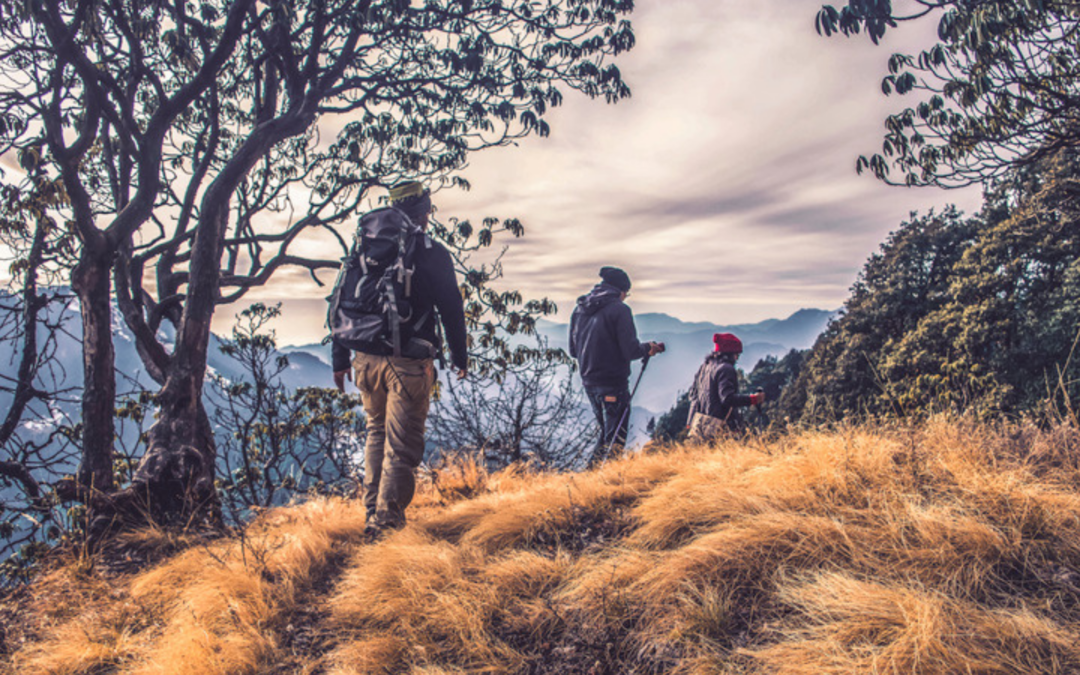Hiking is the perfect pastime for people who want to get some outdoor exercise while enjoying nature. There are over 47 million active hikers within the United States, and it is one of the top five outdoor activities. Whether you’re a family looking to make memories or a lone adventurer, there are different trails and skill levels to match all of your needs. The American Hiking Society (AHS) is a great resource when searching for new places to explore. Their network of statewide hiking organizations includes trail groups and hiking clubs, and they provide a list of essential safety tips.
It is very easy to get swept up in the images of joyful hikers and their breathtaking views, but the most important things to keep in mind are your own limitations. There are ways to enjoy the same scenic views without putting yourself at risk. Many trails offer a variety of paths that are based on peoples’ experience level. Depending on how many trail miles you have under your belt, you might want to aim for the easier path.
In addition to hiking experience, you should also do an honest self-assessment of your physical abilities. Practice walking around with the recommended supplies in a backpack and see how comfortable you are in addition to how long you would last in the elements, especially if the climate is unfamiliar. Ask yourself questions regarding your experience levels and physical limitations in general. Hiking takes a toll on the body in ways that regular jogging and walking don’t, but the exhilaration can also mask any immediate discomfort. Take the time to feel your equipment without the distraction of the actual hike, and be honest with yourself about proceeding. There is no shame in committing to a safer hike.
Another factor to consider is elevation. Unlike flat walking/running paths, hiking elevations reduce the air’s available oxygen, depending on altitude. This can exacerbate the difficulty of any activity. Regardless of your experience, it is vital to understand the science behind altitude safety on the off-chance you get lost.
After researching your hike, it’s time to plan. While it is preferable to have a hiking companion, solo travel is wonderful with enough preparation and common sense. Your safety is directly associated with the amount of planning you do ahead of time. If you choose a remote landscape, there is always a possibility of getting lost or being more self-sufficient, so it’s important to also study the wildlife in the area.
